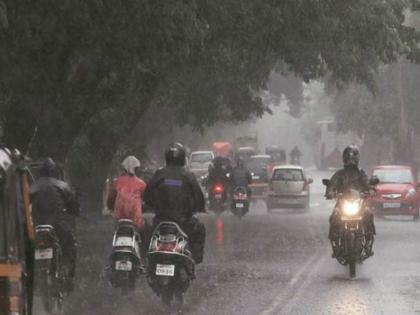Pune Weather Update: Heavy Rain Returns After Break, IMD Predicts More Showers In coming Days
By Lokmat English Desk | Updated: July 15, 2025 14:57 IST2025-07-15T14:56:57+5:302025-07-15T14:57:20+5:30
After significant break of few days On Tuesday Pune city saw heavy rainfall in morning. Punekars experienced heavy rain ...

Pune Weather Update: Heavy Rain Returns After Break, IMD Predicts More Showers In coming Days
After significant break of few days On Tuesday Pune city saw heavy rainfall in morning. Punekars experienced heavy rain in city and its suburbs like Lonavala and Tamhini on the Ghats have also been lashed by rain. As compared to June the intensity of rainfall in Pune district decreased. This year Shivajinagar recorded 267.5 mm of rainfall in June.
According to the Meteorological Department, the city experienced its highest rainfall in June since 2014, with Tamhini receiving more rainfall than Cherrapunji. However, rainfall decreased in both the city and Ghatmatha area starting in July, although showers have returned to the Ghatmatha area since Monday night and to the city and other parts since Tuesday morning.
As of 8 am, the Ghats area received significant rainfall: Lonavala recorded 90 mm, Tamhini 190 mm, Kurwande 96.5 mm, and Bhor 56 mm. A yellow alert has been issued for the Ghats area due to expected heavy rain today. In Pune, between midnight and 10 am, Shivajinagar received 6.9 mm of rain, Lavale 12 mm, Lohegaon 8.8 mm, and Pashan 5.4 mm. The Meteorological Department forecasts light to moderate rain for the next four days.
Meteorological Department scientist S. D. Sanap noted that increased monsoon wind intensity is causing rain, though rainfall remains less, with the exception of a low pressure area in the Bay of Bengal as the only active system.
Open in app